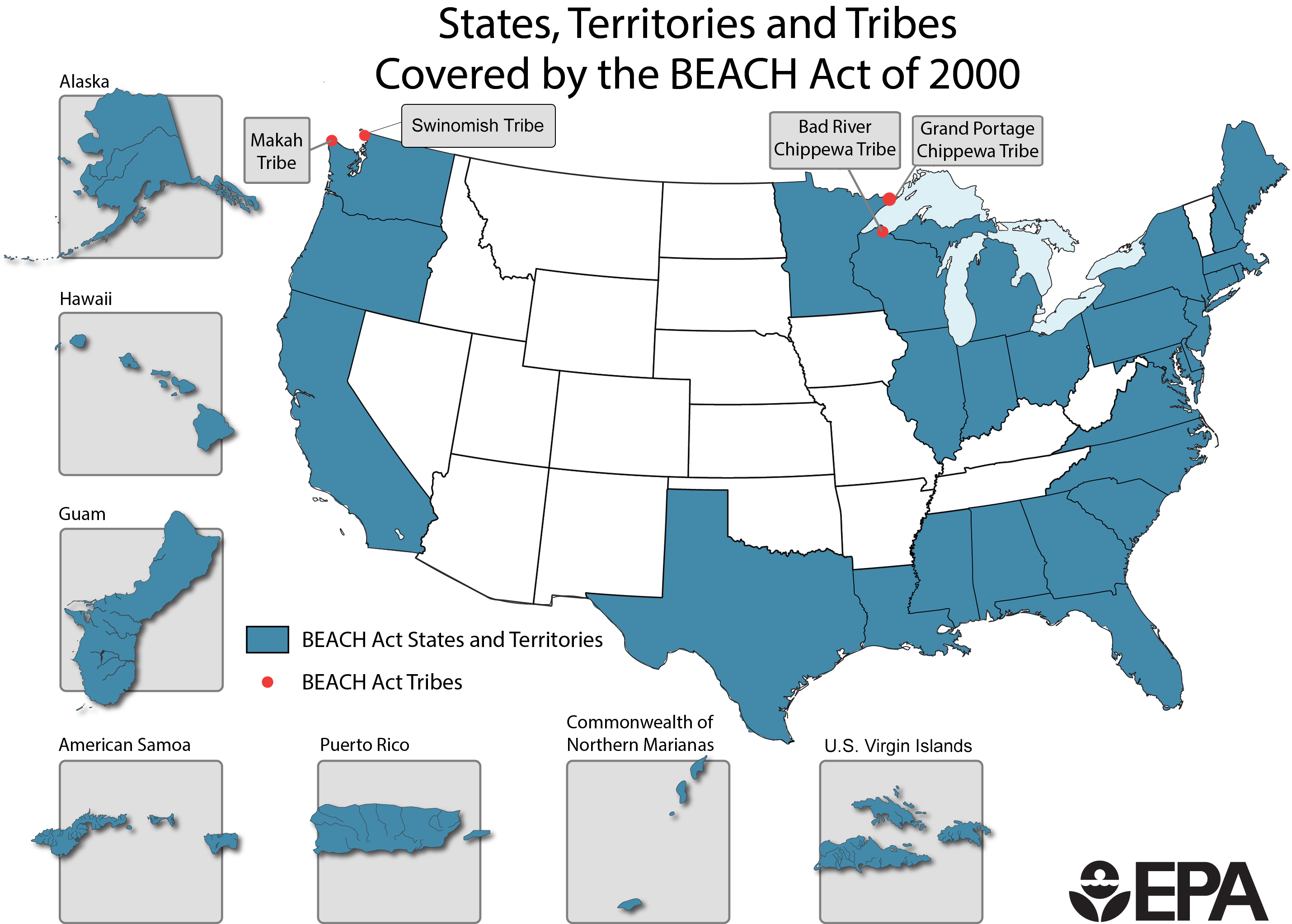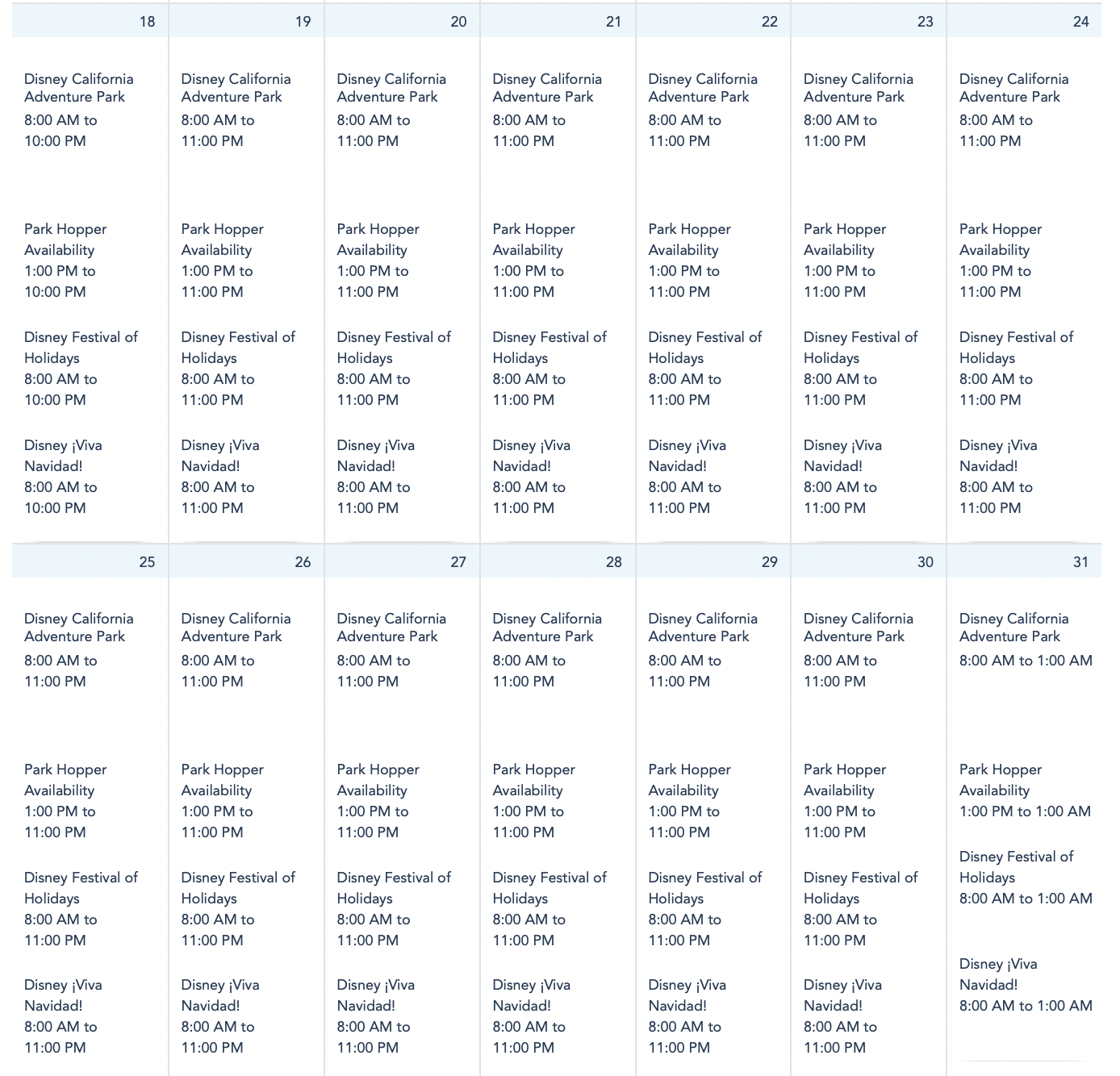Is toothpaste considered a liquid on a plane?
Whether you’re planning for your dream holiday, a weekend getaway, a business trip or a flying adventure, what you bring along when flying will certainly have an impact on your trip.
What you plan to bring with you is definitely important as some of these items are vital for grooming and personal hygiene.
Toiletries such as toothbrushes, mouthwashes and toothpastes are all important as they ensure that you maintain your oral hygiene.
Understanding what is considered as a liquid on a plane is definitely crucial if you’re planning to travel by air.
Many have had different opinions on whether toothpaste is a liquid or not.
In this post, we will answer the questions related to traveling with toothpastes and other oral hygiene items and the TSA regulations regarding liquids.

YES, toothpaste is considered a liquid on a plane.
The Transportation Security Administration (TSA) and other international airport security agencies classify toothpaste as a liquid.
Therefore, it has to adhere to the 3-1-1 rule on gels and liquids.
This means it’s subject to the same restrictions as other liquids, gels, and aerosols when carried in hand luggage.
If your toothpaste tube exceeds the allowed limit, it could be confiscated at the security checkpoint.
Why Do Airlines Have Restrictions on Liquids?
Airlines have restrictions on liquids due to security concerns.
The current liquid rules were introduced in 2006 following a terrorist threat.
In 2006, British security officials thwarted a plot to bomb an aircraft with liquid explosives carried on board.
Since then, security agencies around the world have limited the amount of liquid passengers can bring through airport security.
The restrictions are designed to stop those with hostile intent from carrying liquid explosives onto planes.
Passengers are currently required to remove items such as tablets, laptops, and liquids from their hand luggage for screening at security checks at airports.
Liquids, such as sun cream, shampoo, or toothpaste need to be 100ml or under and must be in a clear plastic bag.
However, technology is advancing and some airports are beginning to drop the ban.
For example, Shannon Airport in Ireland has installed a new state-of-the-art computed tomography (CT) scanning security system that allows liquids and electronics to remain in bags, with no restrictions on liquid volume.
This new CT technology replaces conventional 2D X-ray scanning with much more precise 3D imaging, providing better security and decision-making about the materials in your bag.
The 3-1-1 Rule and its Significance
The 3-1-1 rule is a guideline set by the Transportation Security Administration (TSA) to regulate the amount of liquids passengers can carry in their hand luggage on flights.
The rule is named for its three components: 3.4 ounces, 1 quart-sized bag, and 1 bag per passenger.
The “3” in the 3-1-1 rule refers to the maximum volume of liquid allowed in each container, which is 3.4 ounces or 100 milliliters.
The first “1” stands for the one-quart-sized, clear, resealable plastic bag that passengers must use to hold their liquid containers.
The second “1” indicates that each passenger is allowed to carry one such bag.
The significance of the 3-1-1 rule lies in its role in enhancing aviation security.
It was introduced after a thwarted terrorist plot in 2006 that involved liquid explosives.
This rule relates to US airlines, although all airlines throughout the world tend to observe it as well.
If you are unsure about something, please contact the airline directly or check their website to ensure you have everything organized.
What Happens if I Exceed the 3-1-1 Rule?
If you exceed the 3-1-1 rule, you may face some inconveniences at the security checkpoint.
If your liquid items are larger than 3.4 ounces each, you’ll have to leave them in your checked bag.
Therefore, if these items are found in your carry-on luggage during the security screening, they will likely be confiscated.
This can slow down the screening process, causing delays for you and other passengers.
Therefore, it’s important to adhere to the 3-1-1 rule to ensure a smooth travel experience.
How Airline Regulations are Enforced?
Airline regulations on liquids are enforced primarily at the security checkpoint of airports.
The Transportation Security Administration (TSA) and other international airport security agencies are responsible for enforcing these rules.
Here’s how the enforcement process typically works:
Screening at Security Checkpoints: When you go through airport security, your carry-on bags are screened.
Any liquids, aerosols, gels, creams, and pastes you’re carrying must adhere to the 3-1-1 rule. These items must be in travel-sized containers that are 3.4 ounces (100 milliliters) or less per item.
They should be placed in a single, quart-sized, clear, resealable plastic bag.
Additional Screening if Necessary: If any liquid, aerosol, gel, cream or paste alarms during screening, it will require additional screening.
If an item can’t be screened or clears the additional screening, it won’t be allowed in your carry-on bag.
Exemptions: There are some exemptions to these rules.
For example, medications and infant and child nourishments are exempted.
Also, if you’re traveling to the United States with a connecting flight and you’ve purchased duty-free liquids internationally, you may carry liquids more than 3.4 Oz or 100 ml in your carry-on bag if they’re packed in a transparent, secure, tamper-evident bag by the retailer.
It’s important to note that these rules apply to the moment your bags go through the scanners at the security checkpoint, not when you step on the plane.
TSA Guidelines on Toothpastes

Having answered the question “is toothpaste considered a liquid on a plane?” Let’s look at the TSA guidelines on toothpastes.
The Transportation Security Administration (TSA) has specific guidelines regarding carrying toothpaste on a plane:
- Classification as a Liquid: Toothpaste is considered a liquid by the TSA.
- Size Limitations: You can bring toothpaste in your carry-on bag as long as it is 3.4 ounces (100 milliliters) or less.
- Packaging: The toothpaste should be in a travel-sized container and must fit comfortably in a single, quart-sized, clear, resealable plastic bag.
- Prescription Toothpaste: Prescription toothpaste is allowed in larger quantities than 100 mL but it may be subject to additional screening.
- Checked Bags: Toothpaste is also allowed in checked bags.
- Final Decision: The final decision rests with the TSA officer on whether an item is allowed through the checkpoint.
Do International Airports and Airlines Consider Toothpaste as a Liquid?

Yes, international airports and airlines generally consider toothpaste as a liquid.
This is in line with the guidelines set by the Transportation Security Administration (TSA) and similar organizations worldwide.
As a result, toothpaste is subject to the same restrictions as other liquids, gels, and aerosols in carry-on luggage.
It’s always a good idea to check the specific regulations of the airline and airports you’ll be using, as rules can vary slightly.
Travel Tips with Toothpaste
Advice on Packing Toothpaste for Air Travel
Packing toothpaste for air travel can be a bit tricky due to the liquid restrictions in place.
Here are some tips to help you pack your toothpaste efficiently:
- Travel-Sized Toothpaste: Consider buying travel-sized toothpaste that is 3.4 ounces (100 milliliters) or less. This size is compliant with the TSA’s 3-1-1 rule for carry-on luggage.
- Packing in a Clear Bag: Place your travel-sized toothpaste in a clear, quart-sized, resealable plastic bag along with any other liquids, gels, and aerosols you’re carrying. This bag should be removed from your carry-on luggage and placed in a bin for screening at the security checkpoint.
- Checked Luggage: If you want to bring a larger size of toothpaste, consider packing it in your checked luggage.
- Solid Toothpaste: Another option is to use solid toothpaste or toothpaste tablets, which are not subject to the 3-1-1 rule. These products can be a convenient and mess-free alternative to traditional toothpaste.
- Check Airline and Airport Rules: Always check the specific liquid rules of your airline and the airports you’ll be using, as rules can vary slightly.
Options for Carrying Toothpaste in Compliance with Airline Regulations
Here are some options for carrying toothpaste in compliance with airline regulations:
- Travel-Sized Toothpaste: The simplest option is to purchase travel-sized toothpaste. These are typically 3.4 ounces (100 milliliters) or less, which complies with the TSA’s 3-1-1 rule for carry-on luggage.
- Checked Luggage: If you prefer to use a specific brand or type of toothpaste that doesn’t come in travel size, you can pack it in your checked luggage. There are no restrictions on the size of liquid containers in checked bags.
- Solid Toothpaste or Toothpaste Tablets: These are not subject to the 3-1-1 rule and can be a convenient alternative to traditional toothpaste. They come in a solid form but foam up like regular toothpaste when you brush your teeth.
- Tooth Powder: This is another alternative to liquid toothpaste. It’s a dry powder that you dampen with water before use.
- Single-Use Disposable Toothbrushes: These come preloaded with a dab of toothpaste, and can be a convenient option for short trips.
How to Avoid Toothpaste-related Security Issues
To avoid toothpaste-related security issues when traveling by air, consider the following tips:
- Understand the Rules: Familiarize yourself with the TSA’s 3-1-1 rule for carry-on luggage. Remember, toothpaste is considered a liquid and must be 3.4 ounces (100 milliliters) or less.
- Use Travel-Sized Toothpaste: Opt for travel-sized toothpaste that is within the allowed limit. This will prevent any issues at the security checkpoint.
- Pack in a Clear Bag: Place your travel-sized toothpaste in a clear, quart-sized, resealable plastic bag along with any other liquids, gels, and aerosols you’re carrying.
- Consider Alternatives: If you’re traveling light with only carry-on luggage, consider alternatives like solid toothpaste or toothpaste tablets.
- Check with Your Airline and Airports: Rules can vary slightly depending on the airline and the airports you’ll be using. Always check their specific regulations regarding liquids in carry-on luggage.
Is Toothpaste Considered a Liquid on a Plane? Final Thoughts
Is toothpaste considered a liquid when flying? The answer is YES.
The TSA and other international airport security agencies classify toothpaste as a liquid.
Therefore, it has to adhere to the 3-1-1 rule on gels and liquids.
By knowing that toothpaste is considered a liquid and adhering to the 3-1-1 rule, you can avoid potential inconveniences at the security checkpoint.
Is Toothpaste Considered a Liquid on a Plane? Frequently Asked Questions
Can I Fly with a Full Tube of Toothpaste?
Yes, you can fly with a full tube of toothpaste, but it must comply with certain regulations.
If you’re planning to carry it in your hand luggage, the tube must be no larger than 3.4 ounces (100 milliliters) to comply with the TSA’s 3-1-1 rule for liquids.
It should be placed in a clear, quart-sized, resealable plastic bag along with any other liquids, gels, and aerosols you’re carrying.
If your tube of toothpaste is larger than this, you should pack it in your checked luggage.
There are no restrictions on the size of liquid containers in checked bags.
Remember to check the specific regulations of your airline and the airports you’ll be using, as rules can vary slightly.
Does the TSA Consider Mascara a Liquid?
Yes, the Transportation Security Administration (TSA) does consider mascara a liquid.
This means it’s subject to the TSA’s 3-1-1 rule for carry-on luggage.
The rule states that all liquids, gels, and aerosols must be in 3.4-ounce (100 milliliters) containers or smaller, and they must be packed in a single, quart-sized, clear, resealable plastic bag.
Each passenger is allowed one such bag.
So, if you’re planning to travel with mascara in your carry-on luggage, make sure it complies with these regulations to avoid any issues at the security checkpoint.
Are There Any Exceptions to the 3-1-1 Liquids Rule for Carry-on Baggage?
YES, there are a few exceptions to the TSA’s 3-1-1 rule for carry-on baggage:
Medically Necessary Liquids: The TSA allows passengers to bring medically necessary liquids in their carry-on bags, even if these liquids exceed the 3-1-1 limits.
However, these items may be subject to additional security screening.
Baby Food and Formula: Baby food, formula, and breast milk are also exempt from the 3-1-1 rule.
These items can be brought in reasonable quantities exceeding 3.4 ounces and do not need to fit in a quart-sized bag.
They must be removed from carry-on baggage and screened separately.
Liquids for Passengers with Special Conditions: Liquids such as water or orange juice for passengers with a special condition can be packed in carry-on bags, even if the item exceeds the 3-1-1 limits.
Frozen Items: Frozen items are allowed as long as they are frozen solid during screening.
Duty-Free Liquids: You may carry duty-free liquids in secure, tamper–evident bags, more than 3.4 Oz or 100 ml in your carry-on bag if the duty-free liquids were purchased internationally and you are traveling to the United States with a connecting flight
Will the TSA Stop Me for a Toothpaste?
NO, The Transportation Security Administration (TSA) will not stop you from carrying toothpaste, as long as it adheres to their liquid regulations.
Toothpaste is considered a liquid by the TSA, and it must be in a travel-sized container that is 3.4 ounces (100 milliliters) or less if it’s in your carry-on luggage.
It should be placed in a single, quart-sized, clear, resealable plastic bag along with any other liquids, gels, and aerosols you’re carrying.
If your toothpaste tube exceeds these limits, it could be confiscated at the security checkpoint.
So, to avoid any potential issues, it’s best to ensure your toothpaste complies with these rules.
Recommended Read
Which State Requires Prescription Bottles When Flying?
Will TSA Take My Vape Out of My Carry-on?
Will TSA Take My Vape if I’m Under 21?
Can a Disposable Vape Be Detected in a Metal Detector?






